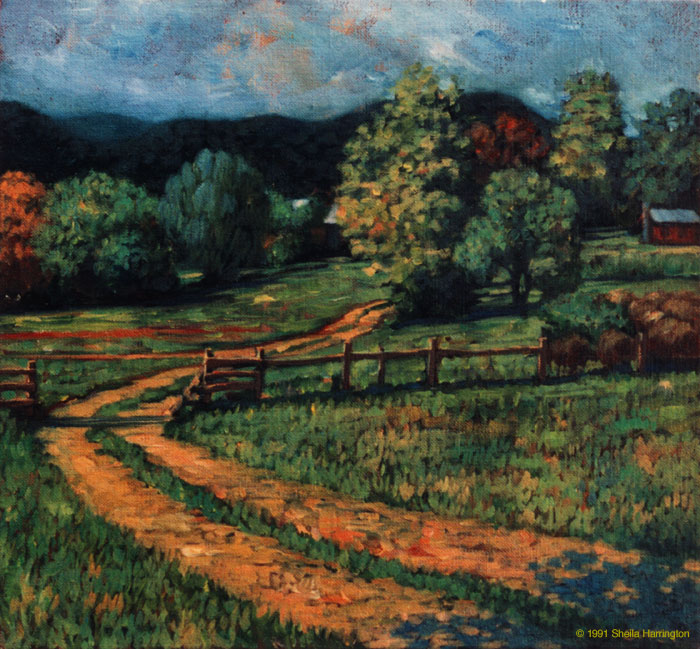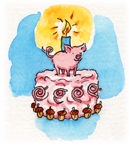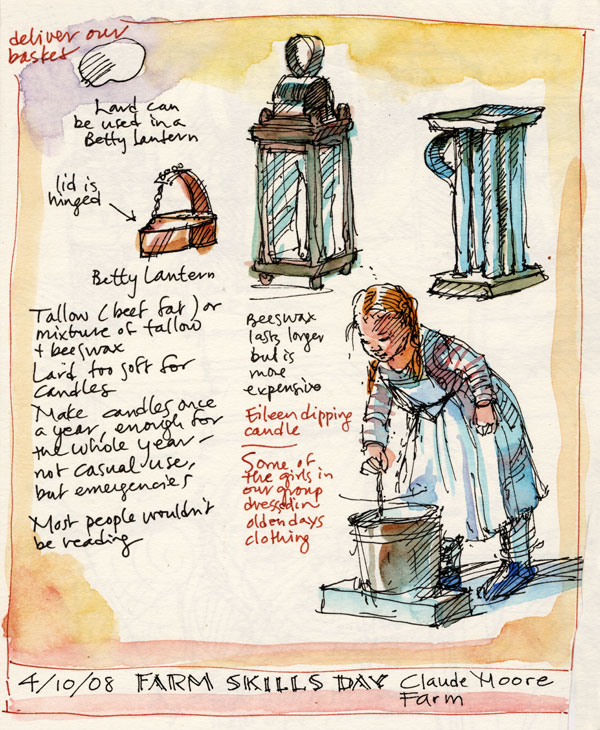Before traveling to France, I had read about this years-long labor of love by a couple who gave up their careers as international lawyer (hers) and documentary-creating sailor (his) to raise their children in a healthy environment. In 2006 Perrine and Charles Hervé-Gruyer set out to create an organic farm (La ferme biologique du Bec Hellouin) in a small Norman village, knowing zero about farming. At first they floundered (“We made many mistakes”), but doggedly researched and experimented, discovering and embracing permaculture* as their underlying farming philosophy.
Today, from gardens totalling around 1500 square meters, they produce an abundance of vegetables, fruits, and herbs—over 800 varieties—without chemicals or fossil-fuel-powered tools, in an incredibly beautiful 20-hectare (49-acre) jewel of a farm that includes water features and tiny bridges, orchards, a greenhouse, flower-edged footpaths, and free-ranging animals. Their tremendous success has brought a stream of international visitors seeking to follow their model or just inform themselves and maybe buy some peas. This month Jim and I were among them, and my sketches fail to capture the magic of this place. Miraculous Abundance is the title of their book, now available in English.
The admirable larger goal of the Hervé-Gruyers: “To nourish humanity while healing the planet.”
*FYI: Definitions of permaculture, from the practical to the poetic.









